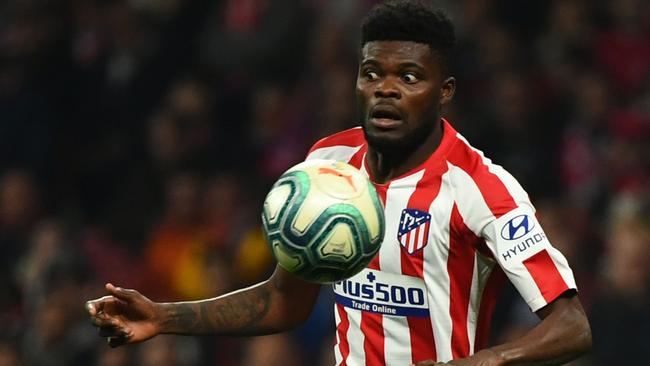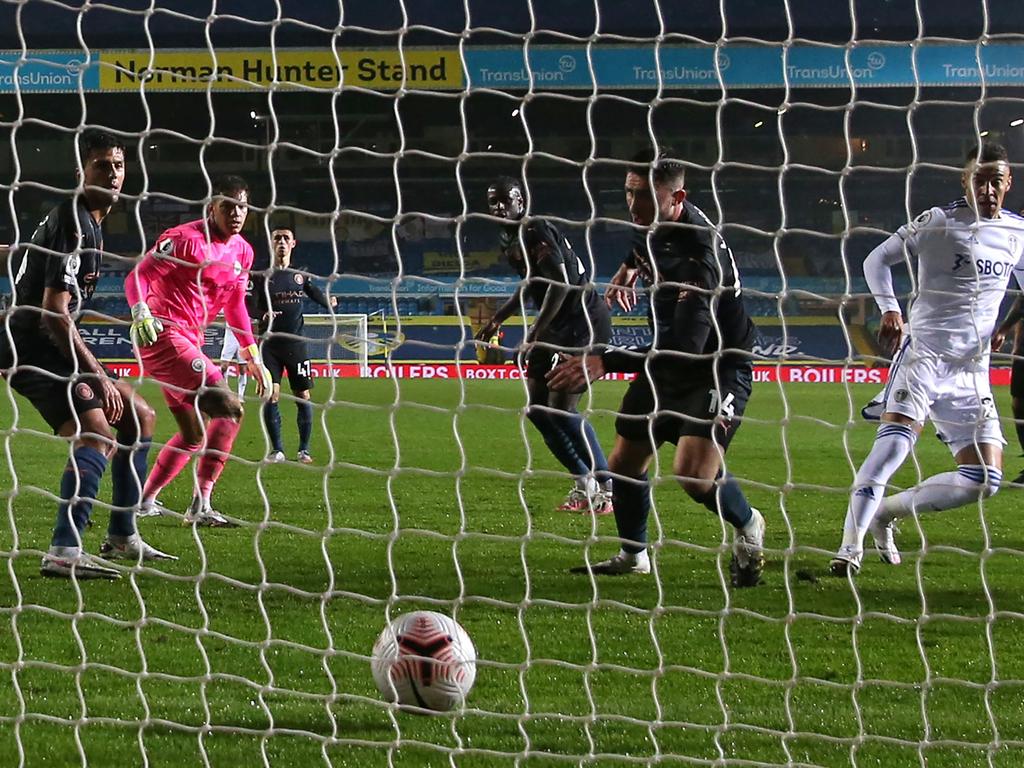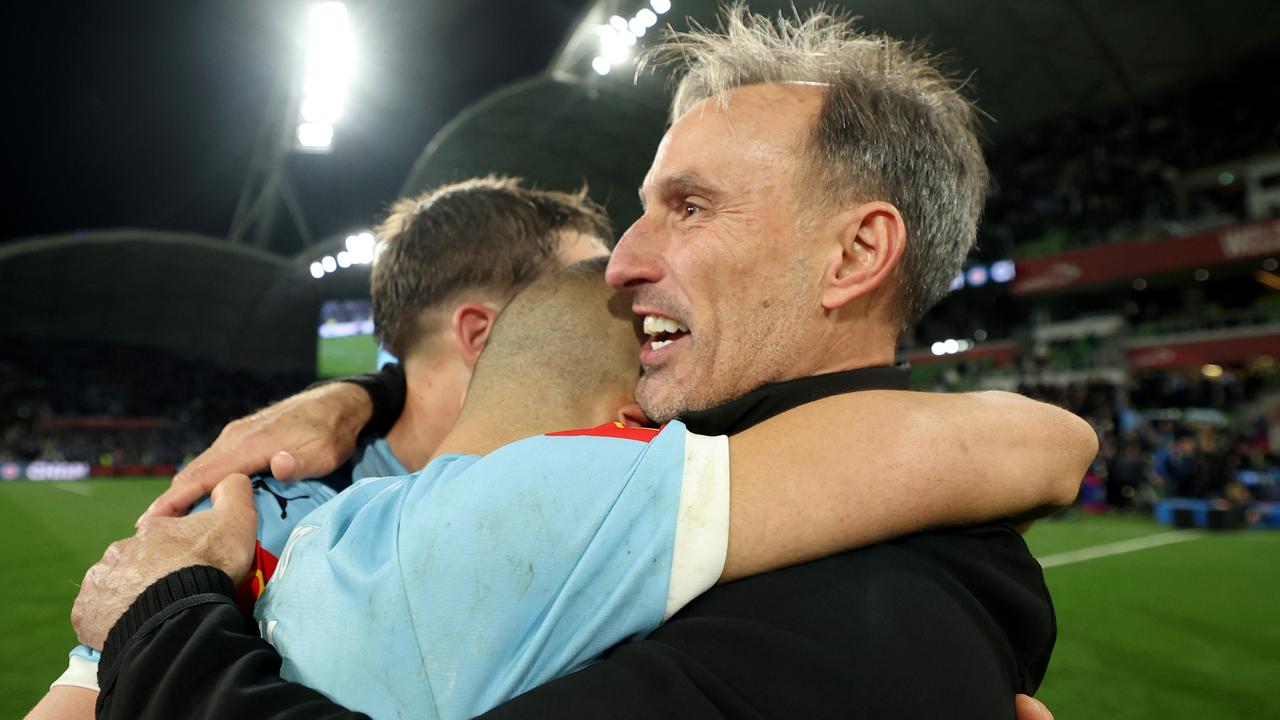It’s Partey time as EPL goes on $1.8b spending spree
Soccer’s summer transfer window was widely predicted to be a much more restrained affair than usual. It wasn’t.

In the end the bubble didn’t burst. After a spring of financial uncertainty characterised by huge match-day revenue losses and gloomy prognostications, soccer’s summer transfer window was widely predicted to be a much more restrained affair than usual.
In Europe, that came to pass: the net spend in the German Bundesliga, Italy’s Serie A and Spain’s La Liga fell drastically from last season’s figures, with La Liga and the Bundesliga both turning a small profit, and Serie A only £34 million ($61.4m) in the red.
The Premier League was an exception. More than £1 billion ($1.8b) was spent overall, with Arsenal’s £45m capture of Thomas Partey the big deal of deadline day, taking the net spend to more than £800m – actually a considerable increase. Chelsea and Manchester City were responsible for much of the outlay, but they were far from the only big spenders. Leeds United, Tottenham Hotspur and Aston Villa all had a net spend in excess of £70m.
The effects of the pandemic accentuated the divides between football’s economic strata, and it was particularly chastening to hear Claude Puel, the manager of the Ligue 1 club Saint- Etienne, justify the £30m sale of Wesley Fofana to Leicester City by saying: “Between saving the club and its employees, and keeping Wesley, there was no debate.”
If you squinted hard enough, you could discern some signs of caution. With five hours of trading left, 18 free transfers had been concluded by Premier League clubs, up from 13 last summer, and 15 loan deals, also an increase. Overall though, this was another busy and bullish window, within which some interesting trends were apparent.
Given the obvious value of rotation, both in terms of mixing up team selections in a compressed schedule and positional fluidity within games, it was no surprise to see many clubs pick up movable pieces for their front lines. The three most expensive attacking recruits of the window, Kai Havertz, Timo Werner and Diogo Jota, can all play on the wing or up front (with Havertz offering additional versatility as a No 10). Hakim Ziyech, of Chelsea, and Eberechi Eze, of Crystal Palace, can play No 10 or on the wing. Conversely, some players with a more rigid skillset, such as Alvaro Morata and Alexander Sorloth, were among those sold, despite scoring prolifically on loan last season.
The demand for left-footed centre backs was one of the most interesting positional trends of the window. With more and more teams building up from the back, the natural advantage of having a left-footer on the left of a central defensive unit, which opens up more passing lanes, is no longer a mere luxury. Four of last season’s top 11 Premier League teams bought a left-footed centre back this summer: Manchester City signed Nathan Ake, Chelsea got the Nice youngster Malang Sarr, Southampton snapped up Mohammed Salisu from Real Valladolid, while Arsenal technically acquired two, buying Gabriel and making Pablo Mari’s loan permanent. This trend extended to European teams too, with the new RB Leipzig signing Josko Gvardiol and Sven Botman, a Lille recruit from Ajax, among the beneficiaries.
There was no repeat of last summer’s run on top-of-the-line superstars in their late prime, with clubs perhaps put off by the cautionary examples of Barcelona’s £108m signing of Antoine Griezmann and Real Madrid’s £89m purchase of Eden Hazard, neither of whom has been a roaring success. Of the 20 biggest fees paid this summer, only one was lavished on a player over 27: Barcelona’s £54m purchase of Miralem Pjanic. Conversely, even teams with a strongly youth-oriented transfer policy showed a willingness to make an exception for an ultra-experienced player at the top end of the age bracket, if the outlay was modest. Liverpool signed 29-year-old Thiago Alcantara for £27m, Chelsea acquired 35-year-old Thiago Silva on a free transfer, Arsenal snaffled 32-year-old Willian from Chelsea on a free and Manchester United completed a deal for 33-year-old Edinson Cavani late on deadline day.
The step up in difficulty from the Championship to the Premier League could be read in the dealings of the three promoted teams. With five hours left, Fulham and West Bromwich Albion had already signed more players than any other top-flight team, with eight incomings each – though they didn’t break the bank – while Leeds were narrowly behind them with seven.
Fulham were a particularly interesting case: after the debacle of their previous Premier League campaign, there was a consensus that they wouldn’t repeat the mistake of replacing the team that took them up, which gradually eroded as it became clear just how ill-equipped their play-off-winning team was to compete in the top flight. In a frantic conclusion to the window, the London club were looking to conclude deadline-day deals for four further players.
That brisk business was quite a contrast with the transfer activity of three of the teams who narrowly avoided relegation last season – Crystal Palace, West Ham United and Brighton & Hove Albion – and Burnley, who flirted with trouble before a strong finish to the season. They made only 11 signings between them, each breaking even or thereabouts, all taking a calculated gamble that the squads that kept them up last season did not require major surgery to be competitive again.
The Times






To join the conversation, please log in. Don't have an account? Register
Join the conversation, you are commenting as Logout